(Mostly unidentified) Plants of Antigua, and other stuff.
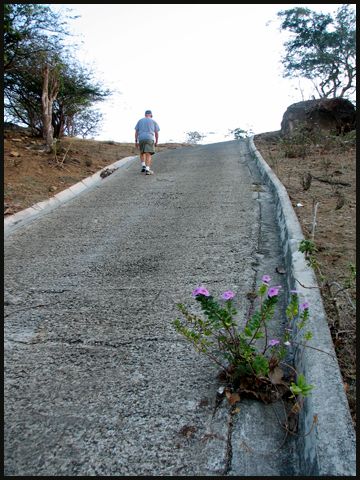
This morning my father in law and I went for a walk up the hill. I didn't identify the flowering plant breaking through the pavement. Can you?
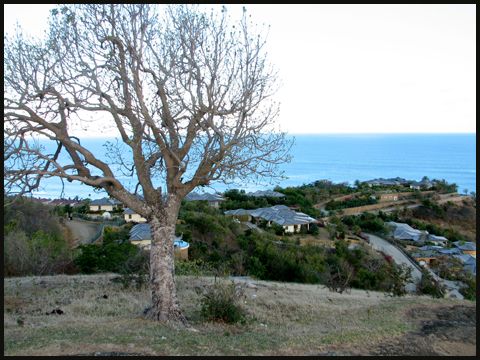
At the top of the hill is this tree. I don't know what kind it is, but I find it so charming, at least as viewed from my in-laws' house. (you can see it here)
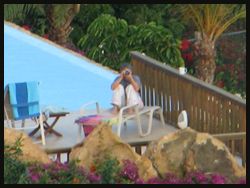
From up there we could see Alexis, looking up at us. Pretty good long lens action on the Canon s2.
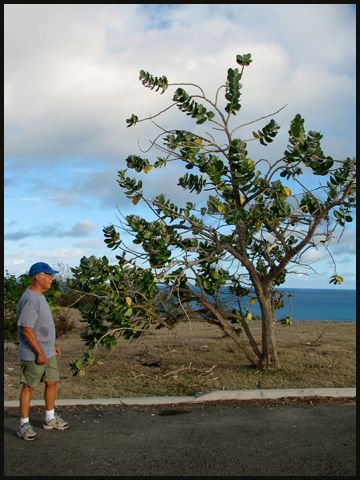
Here's my father in law posing with a giant milkweed tree. This weed is native to the old world tropics, and left on its own it will transcend being a mere weed and establish itself as a small tree. Presumably the toxic latex in its leaves repels predation from the many free-ranging livestock in Antigua.
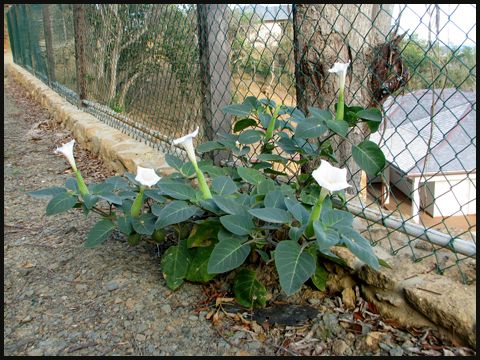
Also along the path is this little plant with conspicuous trumpetlike flowers. No idea what it is, but it's almost certainly an ornamental that has escaped cultivation.
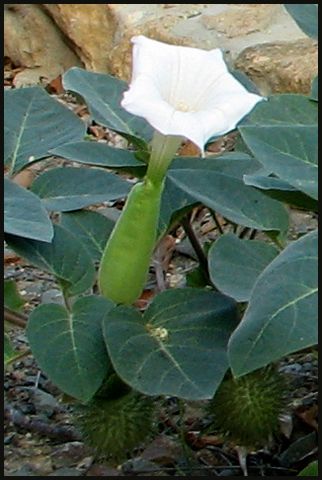
The spiky testicles on this plant should be a good clue to identifying it.

This panorama mainly shows how dry this part of the island is.
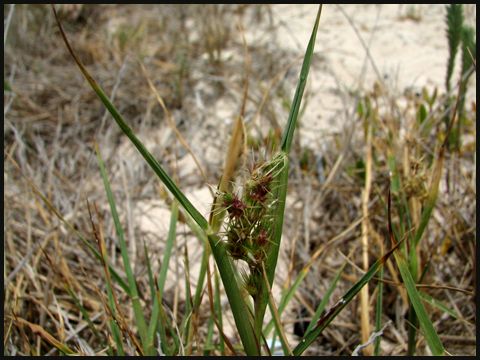
Down along all the beach areas is this inconspicuous grass, with its evil bur-like fruit.
These are far sharper than normal burs, and stick deeply into your foot when stepped on.
The plant is in the genus Cenchrus and usually called "sandbur."
I call them sweethearts. More on them in this post.
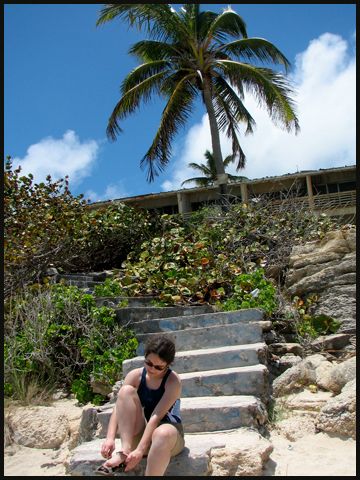
Here the kid sits at the bottom of the steps of an abandoned hotel, below a coconut palm. This Pacific native has buoyant edible fruit, and has been either floated to or been transplanted to all the tropical islands of the world, from its mysterious origin.
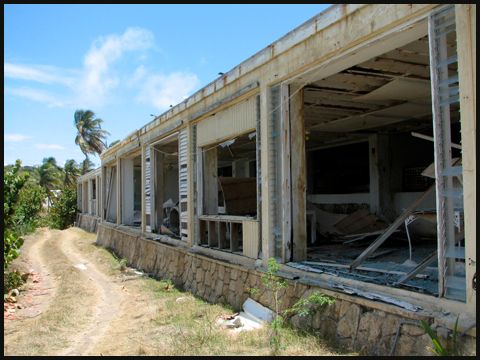
Hey did somebody say "abandoned hotel?" Cool!

Apparently the partners who owned this hotel came to a disagreement and the current ownership of the land is unclear (neither partner lives on the island), and so the hotel has fallen to ruin.
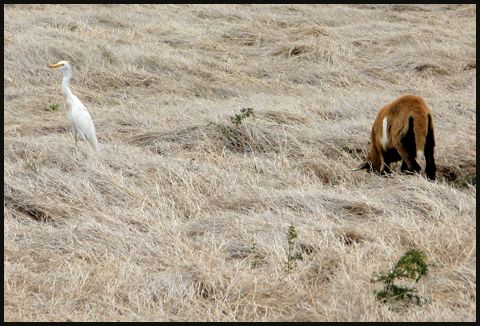
On the grounds near the hotel was a flock of sheep and a few accompanying cattle egrets.

These small herons were strictly old world animals until the middle of the twentieth century, when they started to appear across the Atlantic in South America. Now they are one of the most common birds in the Caribbean.
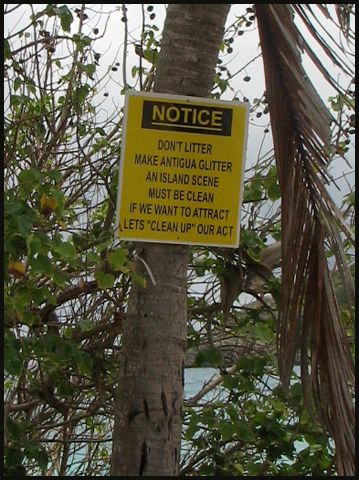
This piece of land is near a public park, where there are rhyming signs discouraging littering (it doesn't seem to be working).
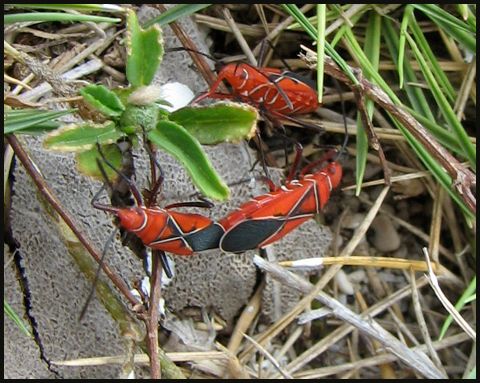
I came across a whole bunch of these red bugs (true bugs, order Hemiptera) mating in the grass. I photographed a similar one on a giant milkweed three years ago. (I suspect these are some kind of milkweed bug.)
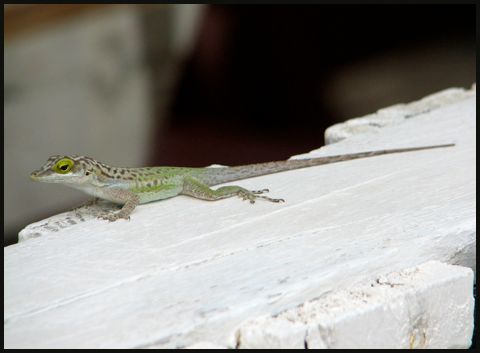
There are (at least) two kinds of anole on Antigua. This one is the native green tree lizard Anolis leachii.
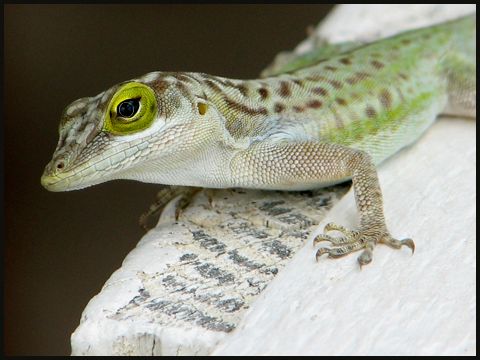
I think they should put their picture on Antigua tourism board posters and stuff.